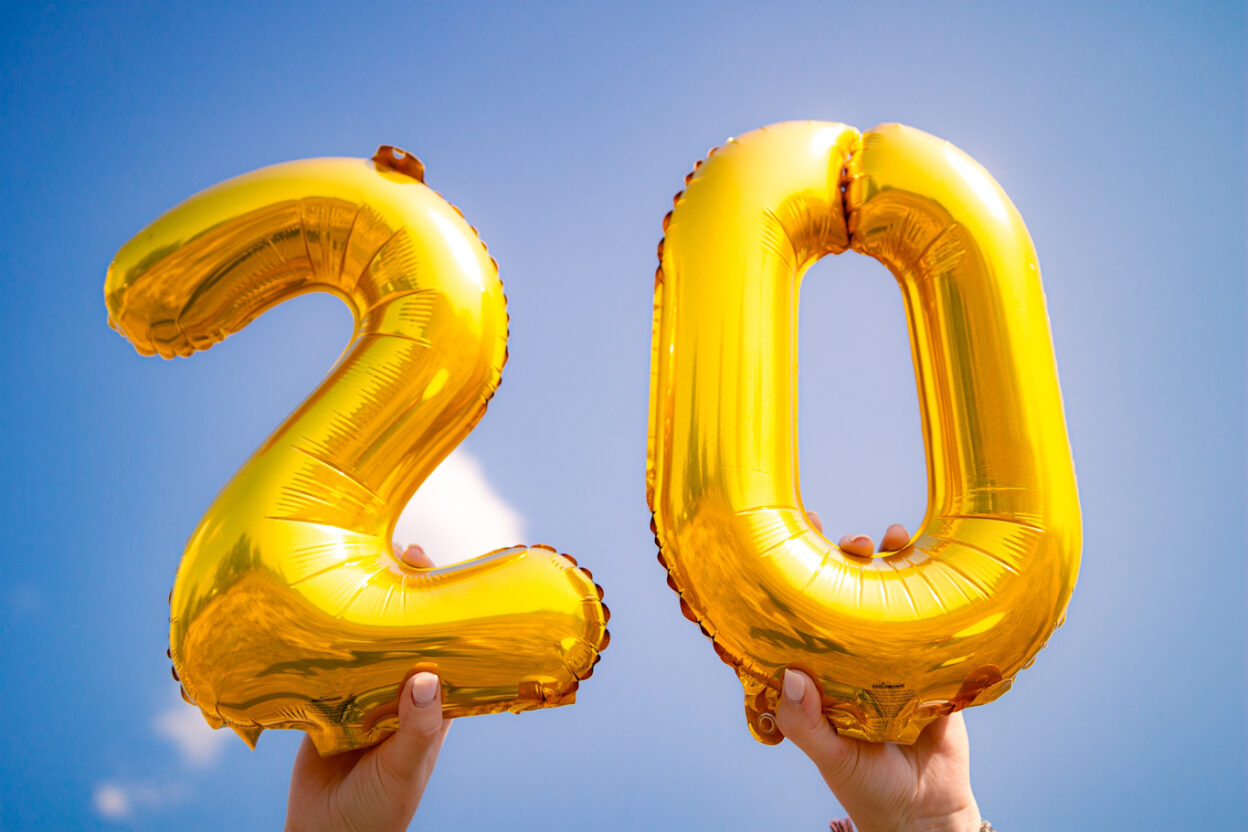When music was more popular, you either had to wait for the song to play on the radio or ask someone if you heard a fantastic song and wanted to know its name. All of that changed with the sound and music identification software Shazam. The service has been around for more than 20 years, and its development has kept up with smartwatches and phones.
Like Google, Shazam has become a verb and a noun in everyday speech. A piece of music or sound that the app recognises is really referred to as “a Shazam.” Given that Shazam is a cutting-edge, reliable search engine, there are other things it has in common with Google.
Shazam’s History
Shazam was one of the first mobile apps when Apple introduced the App Store in 2008, along with many others like brand new casino sites. However, the service had been operational for some time.
People did not have smartphones in 2002 when the first Shazam prototype appeared. When calling a hotline, users would raise their phone to the speaker and speak into it. The user could see the music information thanks to the app. After all, early mobile phones were quite simple.
However, Barton shared a vision with Dhiraj Mukherjee, Philip Inghelbrecht, and Avery Wang, co-founders of Shazam and the original staff. Barton came up with the concept for a music recognition service in 1999. At the time, he was an MBA student and frequently discussed business concepts with his friend and fellow student Inghelbrecht.
Several other businesses were constructing a music identification service exclusive to radio play. This wouldn’t be helpful if you heard a song in a club or while shopping and wanted to identify it.
How Shazam Detects Music
Shazam functions as an audio search engine by detecting a song’s clip and developing a “digital fingerprint” to recognise it more quickly in the future. Like our own fingerprints, each song or sound clip has its own specific pattern of data that makes up the audio fingerprint. Avery Wang, a co-founder of Shazam, led the development of the algorithm and,, therefore, the technology.
The Guardian stated in 2002 that there were one million songs in Shazam’s database. The process of determining if the song was in the database and locating it often took 15 seconds. The software expanded as the algorithm improved, and now that smartphones are more potent, Shazam can quickly compare a sound to its database of more than a billion songs. Shazam is unaffected by background noise, remixes, or cover versions.
Shazam now provides you with additional information such as lyrics, a video, links to purchase concert tickets, and other recommendations in addition to the track name, artist name, and song biography.
Shazam’s Major Milestones
- 1999: While discussing prospective business concepts, Barton and the other founders came up with the idea.
- 2000: Shazam Entertainment, LTD is established. Wang created brand-new sound and music recognition Wang made brand-new sound and music recognition technologies.
- 2002:Shazam was introduced as a service requiring users to call, hold their mobile phone up to the speaker, and then wait for the music to be recognised before getting a text message.
- April 19, 2002. The first song Shazamed “Jeepster” by T-Rex
- September 2002: Eminem’s “Cleanin’ Out My Closet” became the first song to receive 1,000 Shazams
- July 2008: The Shazam app was listed in the Apple App Store. The iPhone app’s first recognised song was Aimee Mann’s “How Am I Different.”
- October 2008: Shazam became accessible to Android users.
- 2011: Shazam became a true sound identification tool when its identification capabilities were enhanced to include television programmes and advertisements.
- February 2012: “TiK ToK” by Ke$ha became the first song to receive one million Shazams.
- April 2015: Shazam is now available for Apple Watch users/
- May 25, 2017: TV Channel Fox debuted the game programme “Beat Shazam” where Jamie Foxx presents three teams with the challenge of recognising some hit songs by famous musical artists worldwide.
- September 2018: Apple reportedly paid $400 million to acquire Shazam.
- June 2021: Shazam monthly users reach 1 Billion.
- May 2022: Shazam surpasses 2 billion lifetime installs and over 70 billion Shazams.
Music Platform Integration
Since Shazam is easily integrated with well-known music services like Spotify and Apple Music, you can upload your Shazams to those libraries. It not only aids in music discovery but also in playlist and collection development.
The Shazam browser extension, the Chrome Web Store, Apple App Store, Google Play, and Galaxy Store all offer access to the platform. So you can instantly use Shazam to find your new favourite music no matter what operating system you use.
Future Plans for Shazam
Shazam revolutionised how listeners engage with and find music. As they use the app to identify music they hear playing anywhere, it has become a regular part of the life of many music fans. Will it carry on doing so with Apple in charge?




Be the first to comment